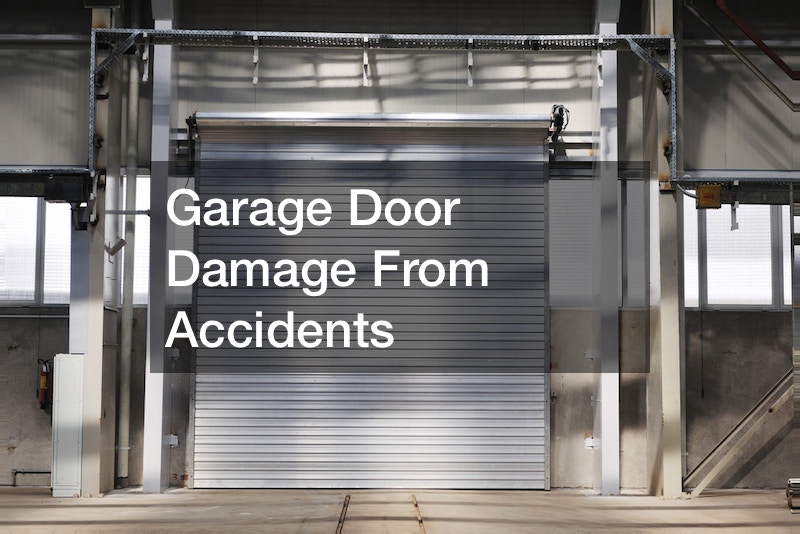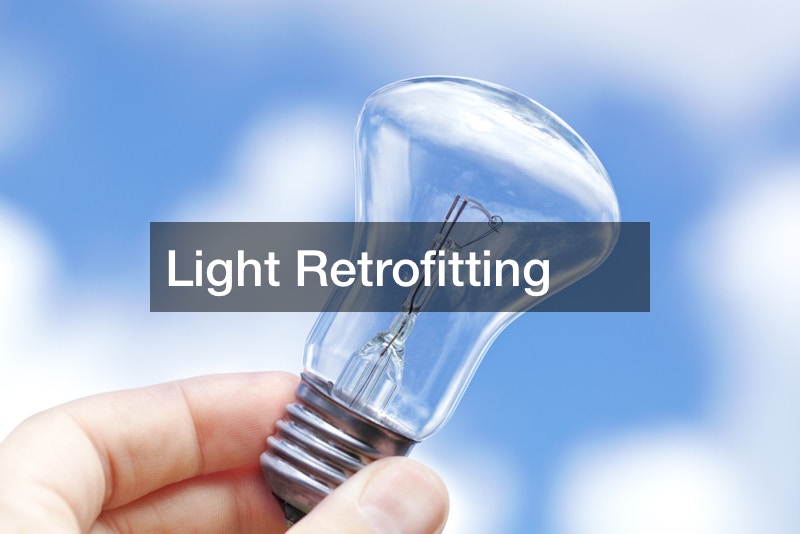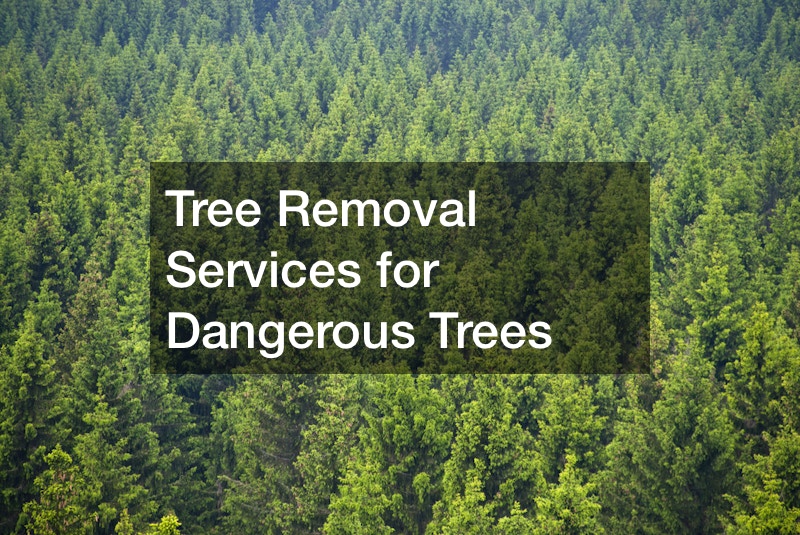
Becoming a homeowner means dealing with the unexpected, like a tree falling on your roof, your house getting on fire, or a water pipe bursting around your kitchen or bathroom. And because you can’t control some situations, it’s necessary to have insurance coverage. Knowing some of the homeowner’s claims and what to expect from them can give you peace of mind. Here are the most common home insurance claims you need to know.
Storm Damage to Roof
Storms damage roofs in several ways. The first one is hail and falling debris which damages the shingles by causing dents or dimples on their surfaces. Also, bits of materials can break from the shingles and proceed to block the gutters. The second-way hail and falling debris damage the roof is by ripping off the shingles.
Strong thunderstorms come with strong winds, which blow off individual shingles or the entire roof. The third way a storm damages the roof is with heavy rain. Heavy rains cause water to pool around the roof. As a result, it leaks through the underlayments and causes some of the nails to rust.
Typical homeowner insurance covers roofing in case of storm damage. But the insurance offers two different policies for homeowners. The first one is called the Actual Cash Value(ACV) policy which gives you a payout for what your roof is valued when it’s damaged. Unfortunately, this policy will not cover the full roof replacement cost.
For instance, if your roof cost you $50000 during installation, and the value had depreciated to $30000 at the time of damage, you’ll receive $30000. For the depreciated cost, you’ll have to pay it from your pocket. Many homeowners try to find new roofing that can cost the same as the ACV payout.
The second policy is the Replacement Cost Value(RCV), which gives the exact payout to replace the damaged with a brand new roof. Normally, it operates by first giving the actual cost value while they hold back the recoverable depreciation cost. After the roof repair or replacement, you’re supposed to provide photo evidence that it was done as per the claim, and you’ll get the second payout.
Basement Flooding
If your home is not near a body of water, you may be tempted to ignore the basement flooding coverage. But that would be the worst mistake ever because flooding is a risk in all residential properties. The standard insurance policies exclude basement flooding damages caused by natural disasters or sewer backing up. But in unavoidable circumstances like a pipe burst, you can have the damages covered.
During a freeze, water pipes can easily burst; in this situation, you need to file a claim. On the other hand, pipes connecting to the washing machine can burst and cause damage to the basement; your insurance carrier will still cover these damages. However, you must be living in your home and carrying out regular maintenance for your claim to be eligible. If the insurer discovers you haven’t done waterproofing or maintained your pipes, they can deny the claim.
A broken appliance like the water heater is another scenario the insurer may cover the flooding damage costs. A water heater may spring a leak for hours before you discover and unfortunately, the hot water causes severe damage to the basement. But before you get the payout, the insurer may inspect the heater condition and the plumbing. Again, if the insurer discovers you haven’t done preventative maintenance, your claim can be denied.
Another scenario in which you can get covered for basement flooding is in case of localized overflow. Any structure in the basement, like the sink or the tub, can accidentally overflow, and the insurer may cover the damages. However, if it’s a result of habitual blockage, they can deny your claim.
Storm Damage to Windows
Flying debris as a result of strong winds caused by storms can damage your window panes. In this case, the insurer will cover the damages. The second instance is when the window panes are broken by falling objects during a storm. Mostly, the strong straight winds that carry sand and other debris can also push sheds or water tanks, and once they fall, they can damage the windows.
Heavy rains also cause hail or floods that can damage the windows. At first, the insurance carrier may assess your windows before covering the damages. That’s why you must carry out some preventative maintenance to your home to ensure your claims aren’t denied.
For instance, it’s wise to purchase good screens from storm proof screen manufacturers. Additionally, you can invest in a good fence and plant trees around the yard to act as wind blockers. On the other hand, invest in good drainage to ensure your home is safe from flooding.
Note that most homeowner insurances don’t cover the general wear of the windows, even when accelerated by storms. It’s your duty to ensure your windows are treated for mold and mildew after the heavy rains. Also, ensure the windows are treated for rust and repainted regularly if your area has severe weather fluctuations.
Foundation Damage
Your home foundation is covered by insurance like any other part. Some causes of foundation damage can be covered, while others are excluded from standard insurance policies. Fire is the leading cause of foundation damages, and the insurance carrier can cover the damages. However, ensure your home is safe with the fire extinguishers.
Also, ensure your fireplaces and heaters are inspected and maintained regularly. Windstorms or tornadoes can also damage your house foundation because it carries some solid objects at a higher speed. In this situation, the insurer may cover the concrete restoration costs. Another damage that the insurance can cover is when an aircraft accident happens near your house and damages the foundation.
Other damages that the homeowner’s insurance covers are a result of riots and civil disturbances, vandalism, falling objects, volcanic eruption, and damages caused by leaking plumbing lines. The insurer may visit your home to confirm it is well maintained, and the damage caused is acceptable in the policy.
Some of the causes that are excluded by most homeowner insurances are pressure from tree roots. As a homeowner, it’s your responsibility to ensure the trees around don’t extend the roots to damage the concrete foundation. Secondly, faulty construction cannot be covered by the policy because it’s your responsibility to hire a professional house builder.
Damages to the foundation caused by earthquakes and floods are also not covered by the standard homeowner insurance. But you can seek special coverage for earthquakes and floods from various insurance companies. To get the best rates and reliable insurance for natural disasters, compare quotes from the National Flood Insurance Program(NFIP) and other relevant private companies.
Hail Damage to Roofing Shingles
When a storm produces hail, it falls on your roofing shingles, hitting the surface with an intense force. The force creates some dents on the surfaces, and some of the materials break and drift to the gutters. Forming dents exposes the inner shingle layer to weather, and as a result, they start rusting and wearing.
Larger hails cause severe damage to shingles that require extensive repair from local roofers. The amount of time the hail falls also creates a big difference in terms of damage. If hailstones fall the whole of spring and early summer, your roof may be at a higher risk. Hail bursts above one inch can accelerate faster wearing of the shingles, so you need to act quickly.
Secondly, once shingles are hit on the edges, they become weak and detach from the nails. Afterward, they fall off, exposing the roof to leakages. Once you notice several shingles are damaged, it’s wise to file a claim with the insurer. If you have the replacement Cost Value (RCV) policy, you’ll be lucky to have the whole roof replacement cost covered by your insurer.
If your shingles are damaged as a result of improper installation, your claim may be denied. Ensure your residential roofers offer quality work during installation to protect your roof. However, once you file the claim with your insurer, you should ensure they follow the shingle matching law during replacement.
The shingle matching law states that the insurance company should pay for everything required to match your shingle color and quality. For instance, the shingle type you have used on your roofing may be out of production, discontinued, or no longer available due to changes in market demands. The insurance company must pay for new roof installation. However, confirm whether the law applies in your state because the insurance may fight back.
Garage Door Damage From Accidents

Damages caused on the garage door by accidents can be covered by the homeowner or car insurance. But in most cases, homeowners insurance doesn’t cover intentional garage door damages. For example, if a family member causes damage, your claim may be denied.
Garage door damage as a result of a break-in or accidental car collision can be covered by the homeowner’s insurance. However, you must ensure your garage door is well maintained. The hinges must be well lubricated, and the door surface must be treated for rust. If burglars break in and damage the door, repairs or replacement costs will be covered by the homeowner’s insurance.
On the other hand, car insurance can cover garage door repairs or replacement costs if you have driver’s liability insurance. Liability insurance pays for the property damage or injuries caused by the car accident in which you are at fault. In many states, this insurance policy is broken into two sections; bodily injury and property damage.
Light Retrofitting

Light retrofitting is the upgrade of light fixtures and lamps to increase energy efficiency. Upgrade of the lighting fixtures also reduces maintenance costs. Fortunately, many suppliers offer warranties for lighting fixtures. As such, you can have the lighting replaced for free if they develop faulty within the warranty period.
Secondly, if it’s your installation company’s fault, they can send an electrician to perform some repairs or replacements. On the other hand, some homeowner insurances pay for the upgrades and renovations, especially if they have energy efficiency benefits. So, if your lighting fixtures date as far back as the 1970s, your insurer can cover the replacement costs.
It’s essential to understand the terms and conditions of your insurance company first before buying the policy. Some companies may cover only solar panel upgrades and not lighting. So, if you want to have your appliances and lighting covered for energy efficiency, you must go through their terms before buying the policy.
Tree Removal Services for Dangerous Trees

Homeowners insurance can cover the landscape damages in some instances. Some insurance companies don’t include landscaping features in their policies. However, you can pay for the replacement of the lawns, trees, and flowers as a separate policy, depending on your insurer.
If a tree in your yard is damaged by the storm, the insurance will cover tree removal services. On the other hand, if the tree causes damage to the home, they will also cover the charges. However, they will assess your home to confirm there were no intentional damages to the tree.
There are also special situations that the insurer can consider paying, like a tree from the neighboring yard falling and damaging your property. Additionally, if a tree collapses due to fire, vandalism, explosion, lightning, theft, and aircraft accident, the insurer may cover removal charges and losses. If a tree is diseased and rotting, you may have to pay for tree removal service from your pocket. The insurance doesn’t cover events that they consider preventable.
Loss of Property Due to Burglary

Coming home and finding your property missing can be the worst nightmare. Thankfully, homeowners insurance covers losses as a result of theft. Burglars access yards using the main entrances or through the fence, and at times they can cause damage to the property before stealing.
In many cases, thieves target the garage to steal some of the items from the car, like the jack and spare wheels. They may also break into the house and steal some appliances. The best step to take before filing a theft claim is to report the crime to the police. The police will provide you with a report after investigations that you will use to file the claim.
Ideally, take some photos and repair damaged parts of a home, like the doors, gate, and fence, for security purposes because filling a claim may take longer. Take the photos and the repair receipts to the insurance for reimbursement. Afterward, the insurance adjuster will review your policy.
Having insurance for your home is beneficial because your property will be protected. However, perform preventative maintenance to ensure your claims are not denied whenever you face unexpected challenges. Additionally, hire professional companies for maintenance and repairs. Ensure you follow the federal, state, and Homeowners Association(HOA) rules every time.
